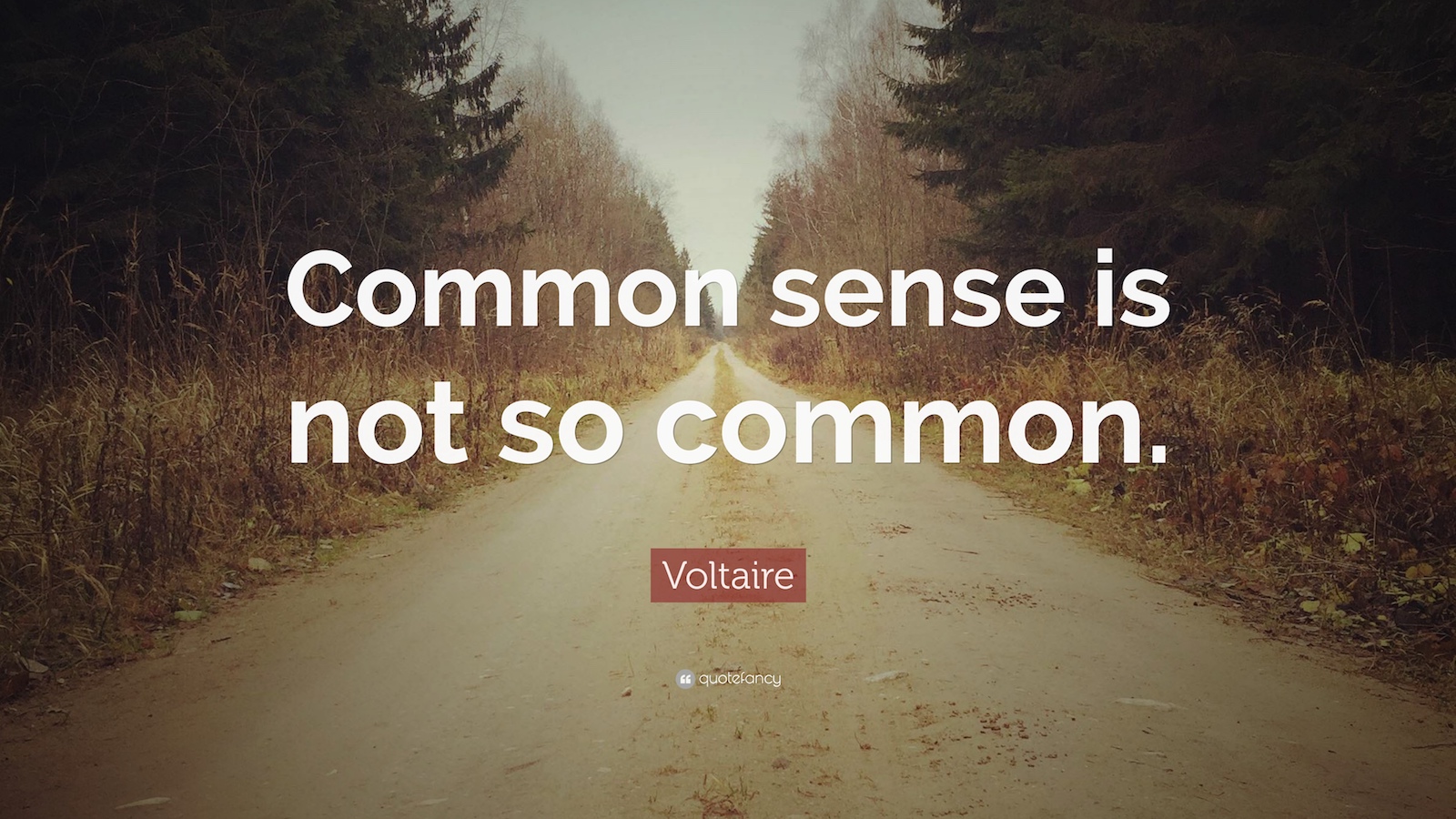Any intelligent fool can make things bigger, more complex, and more violent. It takes a touch of genius — and a lot of courage — to move in the opposite direction.
-Albert Einstein
We need fewer detailed rules, and more common sense
Over the past few weeks, I’ve been in debates with my colleagues on the subject and merits of detailed rules and procedures.
Many established firms such as public listed companies often document every single policy, process and procedure in manuals that rival the Encyclopeadia Brittanica in terms of comprehensiveness. This is often the standard practice in order to achieve ISO certification, and to for the firm to ensure that every single employee conduct their day to day activities in a predictable and standardised manner.
New employees need only to pick up the relevant manual and ensure that they fully understand and memorise what steps, templates, forms and people they need to work with in order to complete a certain task.
This orderly and predictable state of work activity seemed to work well with many firms for decades. And in fact, many firms institute controls and initiatives to ensure that activities adhere to the procedures manual and that variations in the processes are reduced.
This is a typical assembly-line type of work environment. Predictable work processes result in predictable outcomes (products and services) with minimum variance.
So far, so good.
Then, the technology boom happened in the mid to late 90s. Technology firms seemed to burst out from nowhere and suddenly started to take the market by storm. Companies such as Microsoft, Netscape, Amazon and Yahoo! started to win customers over with products and services that never even existed a decade earlier. Some of these start-ups reveled in the organised chaos of youthful employees and start-up culture. Anything and everything was possible. There were no limits to what could be explored and rules were broken everywhere.
As the world fast approached the year 2000 (“Y2K”), demand for updated technology solutions escalated. In the end, Y2K was a non-event.
Soon after at the turn of the millenium, the dot com phenomena imploded.
Only a few firms emerged unscathed. But a change in the business world had already begun. All of this enabled by technology and the fast proliferation of the internet and web based applications.
Companies such as Google and Amazon continued to grow from strength to strength. Microsoft, still the top dog then, struggled to make sense of how to deal with the new competition; whilst firms like Netscape, Yahoo! and a whole host of other technology companies fade away as quickly as they burst into the limelight.
Google led the technology rush and the internet continued to premeate into every home, office, school and places for human interaction. With a simple business model and easy to use technology Google became synonymous with the web and with searching for information and knowledge. But even mighty Google was unprepared for the next wave of internet revolution in social networking.
Early web 2.0 champions such as Myspace started to capitalise on the innate human need to connect with other people. Realising that humans loved socialising and sharing their interests, the likes of Myspace and YouTube raced ahead to be the early winners of the social media space. But even they had not expected a Hardvard student would start building what today is the world’s largest social network from his dorm room. Today Facebook has close to 800 million users (circa Oct 2011), and the likes of twitter garnering around 200 million users by late 2011. Together, Facebook and Twitter have been credited – rightly or wrongly – with a significant revolution in how people connect with each other and the speed of how fast news and information is distributed to a wider population. Both Facebook and Twitter have been linked to social and political revolutions in many countries.
Then the Global Financial Crisis (“GFC”) happened in 2008. This plunged the world to the edge of depression. The world has yet to recover from this crisis, teetering from one economic malaise to another. All throughout this, changes have been happening: Apple suddenly introduced the iPhone. Back from the brink, Apple became the darling of the industry and the stock market. It has disrupted the phone business, and to some extent the PC business with its iPads.
Today we are on another verge of a major change in the world as we know it. Crude oil prices plummeted, technology continues its breakneck pace of development, economic power is visibly shifting towards the east, social dislocation is happening, terrorists organisations creating fear, political power shifting towards the right… many of these changes pose unpredictable outcomes. We have no way of anticipating how to set rules for things we do not know. We will be in a state of flux, and in such situations more rules just doesn’t help. We need more common sense. We need to get back to our core, and universal values and work with this. Time to bring about positive change, rather than reacting to negativity.
Strengthening governance in entrepreneural firms
As entrepreneur organisations grow in size, it is often very difficult for the founders (who are often owners) of the business to ensure every part of the firm is giving them the right level of returns and aligned with the right set of objectives.
Increasingly more so, there is a need to rely on professional managers specifically and employees in general to carry out their tasks in line with the founders’ expectations.
Thus there is no choice but to institute the appropriate level of governance with the simple purpose of ensuring the firm and its management are aligned with the founder and owners’ strategic objectives; that the firm has the right people; and that the firm is giving the right level of returns for the investments made.
However, there is also a need to ensure that governance does not handicap the firm’s dynamic entrepreneur spirit; or worse still result in paralysis.
To address this, there are three vital elements: (1) clarity and maturity of roles of the parties in the governance process; (2) transparency of decisions and information flows to enable self-management and fewer suffocating processes; and (3) human capital emphasis and alignment of purpose, values and goals – which is rigorously implemented from point of people attraction & recruitment, right up to development & leadership successions.
Let me expand a bit on each.
Roles and responsibilities in governance
It is primarily important to clarify the roles of the governors of the business (directors) who need only focus on strategy & capital use, human capital, and performance & outcomes.
This should be distinct from the managers of the business who have the freedom to do whatever that is needed within the boundaries set by the governors. Ultimately the managers are accountable for fulfilling the organisational purpose, values, strategy as well as the business performance, outcomes and returns.
For this to work effectively, the governors need to divorce themselves from operational decisions, sentiments and apply objective judgment on key strategic matters. The management should be given the freedom to execute operational decisions, and ultimately be held accountable to achieve the objectives set by the governors.
Keeping the roles of governors separate from the managements ensures that there are checks and balances, and thus enhances the governors’ ability to hold management accountable for the results of the business.
Transparency of decisions & information for self management
In order to avoid layers and extensive need for processes, the most effective form of governance is transparency of information and decision. With a high level of transparency, decisions can be open to review by a wider group of people and thus ensure sufficient rigour in the decision making process. The level of transparency ensures that softer issues such as integrity and moral issues are considered and thus creates a more ethical enterprise. This avoids the need to establish committees upon committees and several decision making layers.
To further assist in the self management (and thus reduced bureaucratic infrastructure): information transparency particularly with regards to performance, data for analysis ensures that the firm’s employees are provided with all the relevant information to form their own analysis and thus carry out decisions. Once those decisions are made, the transparency of the outcomes ensure that there will be checks and balances which will keep the persons accountable for those decisions “honest” in driving the right results. Thus, this avoids the need to have several performance review committees and meetings used to hold management and decision makers accountable for results.
Transparency of decisions and information ensures a more efficient way of driving the right decisions and accountability for performance.
Alignment of employees to purpose and values
Last but not least, an uncompromising emphasis on organisational purpose and values is vital to ensure that the two forgoing aspects of governance are doubly effective.
Be very clear that these are not complex rules that limits freedom and is difficult to understand and cascade through the organisation. Organisational purpose and values are a set of concepts that provide employees with “true north” and guidance for their daily actions. It is important that the firm constantly emphasises purpose and values throughout and at the same time involve employees in dialogues on these matters to develop greater buy-in and clarity without creating too many rules.
By having clear and uncompromising set of purpose and values, the organisation can there for ensure stakeholders act in the right manner in relation to their roles in governance, and how they use information and decision making transparency.
To implement this, it is necessary to have the methods to assess and communicate these values and purpose at the point of recruitment and throughout the employees’ life cycle within the firm. It is important to internalise these concepts and ideas within the firm through staff reviews – but be careful not to use it for the purpose of rewards, but use it as a recruitment, development and a tool for career progression.
Ingredients for innovation

innovation is not a set of procedures or rules.
innovation comes from a set of conditions put in place to extract the most amount of creativity from people within an organization or society.
I would like to explore ideas on what is needed to establish this innovation culture. please give me your feedback and ideas. critiques are ok, but do offer some suggestions. I’m learning too.
to me there are a few ingredients that I find indispensable when it comes to creative the right climate for innovation.
the first relates to the people: amongst which people need to be educated from young in a manner that moulds the mindset in a manner that retains the youthful curiosity, ambition and courage to explore, try new things, experiment, make mistakes and learn from this experience.
the second relates to the environment or climate: in order for creative minds to flourish, the environment needs to be conducive to the spirit of enterprise, experimentation and learning from mistakes. for this to work well, the environment needs to embrace openness, diversity, collaboration and supports a learning climate. these are key values that can be instilled in the institution’s or society’s value set. some of this can be implemented through “hard practices” such as promoting open design, data and information transparency, structures that force cross functional and diverse individuals, and adequate support for learning.
the final element in having an innovation environment relates to processes that allow ideas to be realized: internal redtape and processes should not hamper new ideas and give sufficient “space” for those ideas to prove themselves in a manner that is low risk but high frequency. only through frequent attempts can learnings be acquired and refined into something of created value. resource allocation must not be absolute and must allow dynamic reallocation to emerging needs.
Resignation as an adult
found this on the ‘Net. looks silly, but it has a deep meaning. i like it….
Subject: Resignation
To whom it may concern:
I am hereby officially tendering my resignation as an adult.
- I have decided I would like to accept the responsibilities of a 5 year old again.
- I want to go to McDonald’s and think that it’s a four star restaurant.
- I want to sail sticks across a fresh mud puddle and make ripples in a pond with rocks.
- I want to think M&Ms are better than money because you can eat them.
- I want to lie under a big oak tree and watch the ants march up its trunk.
- I want to run a lemonade stand with my friends on a hot summer’s day.
- I want to think a quarter is worth more than a dollar bill cause it’s prettier and weighs more.
- I want to go fishing and care more about catching the minnows along the shore than the big bass in the lake.
- I want to return to a time when life was simple. When all you knew were colors, multiplication tables, and nursery rhymes. When I didn’t know what I know now. When all I knew was to be happy because I was blissfully unaware of all the things that should make me worried.
- I want to think the world is fair.
- I want to think that everyone is honest and good. I want to believe that anything is possible.
- I want to be oblivious to the complexities of life and be overly excited by the little things again.
- I don’t want my day to consist of computer crashes, mountains of paperwork, depressing news, how to survive more days in the month than there is money in the bank, doctor bills, gossip, illness, and the loss of loved ones.
- I want to believe in the power of smiles, hugs, a kind word, truth, dreams, the imagination, Santa, the Tooth Fairy, a kiss that makes a boo-boo go away, making angels in the snow and that my dad and Superman are the strongest people in the world.
So……here’s my checkbook and my car-keys, my credit cards and the bills too, my 401K statements, my stocks & bonds, my collections, my insurance premiums, my job, my house and the payments too, my e-mail address pager,cell phone, computer, and watch. I am officially resigning from adulthood. And if you want to discuss this with me further, you’ll have to catch me first, cause,
“Tag!”…
“You’re it!”



